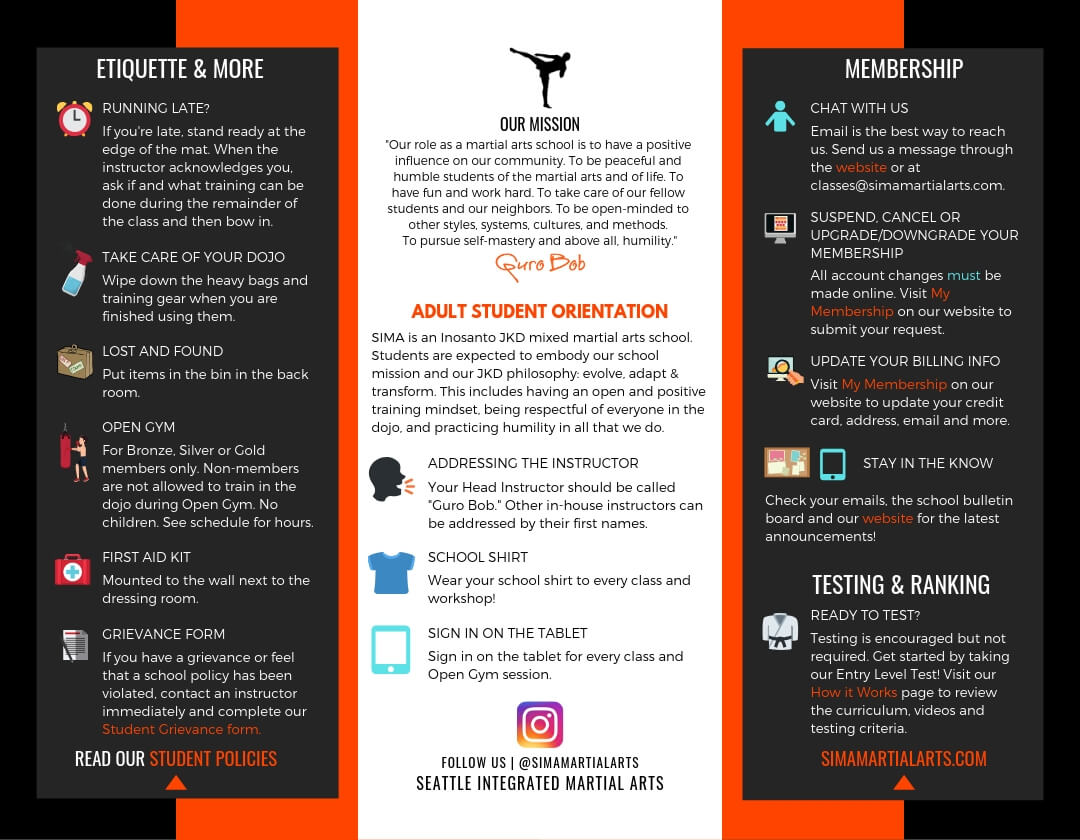Exactly How Versatility Changes Martial Arts Training. Enhance Your Method, Stop Injuries, And Master Progressed Actions With This Game-Changing Versatility Overview
Exactly How Versatility Changes Martial Arts Training. Enhance Your Method, Stop Injuries, And Master Progressed Actions With This Game-Changing Versatility Overview
Blog Article
Content Composed By-Becker Hodge
Did you know that adaptability plays a vital duty in fighting styles training?
Actually, a study conducted by the International Journal of Sports Physical Treatment exposed that over 80% of martial musicians have problem with restricted flexibility.
Yet why is flexibility so vital? Well, it not only enhances your efficiency and method but also reduces the risk of injuries.
So, if you're wanting to take your fighting styles abilities to the following degree and stay injury-free, you'll certainly intend to maintain reading.
Benefits of Flexibility in Martial Arts
Adaptability in martial arts brings countless benefits to experts, enabling you to enhance your efficiency and reduce the risk of injury. By boosting your flexibility, you increase your variety of motion, allowing you to implement methods with higher accuracy and performance.
This improved agility and fluidness in your movements can give you an one-upmanship, allowing you to respond quicker and adjust to different situations during competing or competitors. Additionally, increased versatility helps to avoid injuries by improving muscle flexibility and joint flexibility.
It permits your body to move much more freely, lowering the strain on your muscle mass and tendons. This, consequently, minimizes the possibilities of sprains, strains, and muscular tissue pulls. By including versatility training right into your martial arts method, you not only enhance your performance yet also protect your physical health.
Techniques to Boost Versatility
To boost your versatility in fighting styles, you can include different stretching exercises right into your training regimen.
hand to hand kajukenbo is dynamic extending, which entails moving with a full variety of motion to warm up your muscle mass and enhance adaptability. Instances include leg swings, arm circles, and trunk rotations.
Another technique is fixed extending, where you hold a go for a sustained amount of time. This helps extend and unwind your muscles, improving versatility gradually. Common fixed stretches for fighting styles include the butterfly stretch, hamstring stretch, and shoulder stretch.
Additionally, integrating yoga or Pilates into your training can additionally substantially enhance your adaptability.
Keep in mind to constantly warm up before stretching and listen to your body to prevent injury.
Flexibility Educating for All Skill Degrees
As you proceed in your martial arts training, improving your flexibility becomes crucial for improving your total performance. Versatility training isn't just helpful for innovative practitioners but additionally for beginners and intermediate students.
Regardless of your skill level, incorporating adaptability exercises into your training regimen will aid you develop a large range of movement, protect against injuries, and improve your strategy implementation.
For newbies, versatility training can help enhance your type and stance, allowing you to perform movements appropriately and effectively. Intermediate practitioners can make use of flexibility training to further raise their series of activity and enhance their fluidity in implementing complicated techniques. simply click the next website can gain from adaptability training by keeping and fine-tuning their existing versatility, allowing them to carry out advanced relocations easily.
Conclusion
In conclusion, embracing adaptability in your martial arts training is vital. By incorporating methods to improve adaptability, you can enhance your efficiency and stop injuries.
Keep in mind, 'A versatile body is a resilient body.' So, maintain pressing your limits, stretching frequently, and profit of a supple and nimble physique.
